In January 2024, BopCo received damaged wood from the “Berendrechtsluis” in the port of Antwerp. The wood was riddled with tiny holes and tubes — a telltale sign of possible shipworm activity.
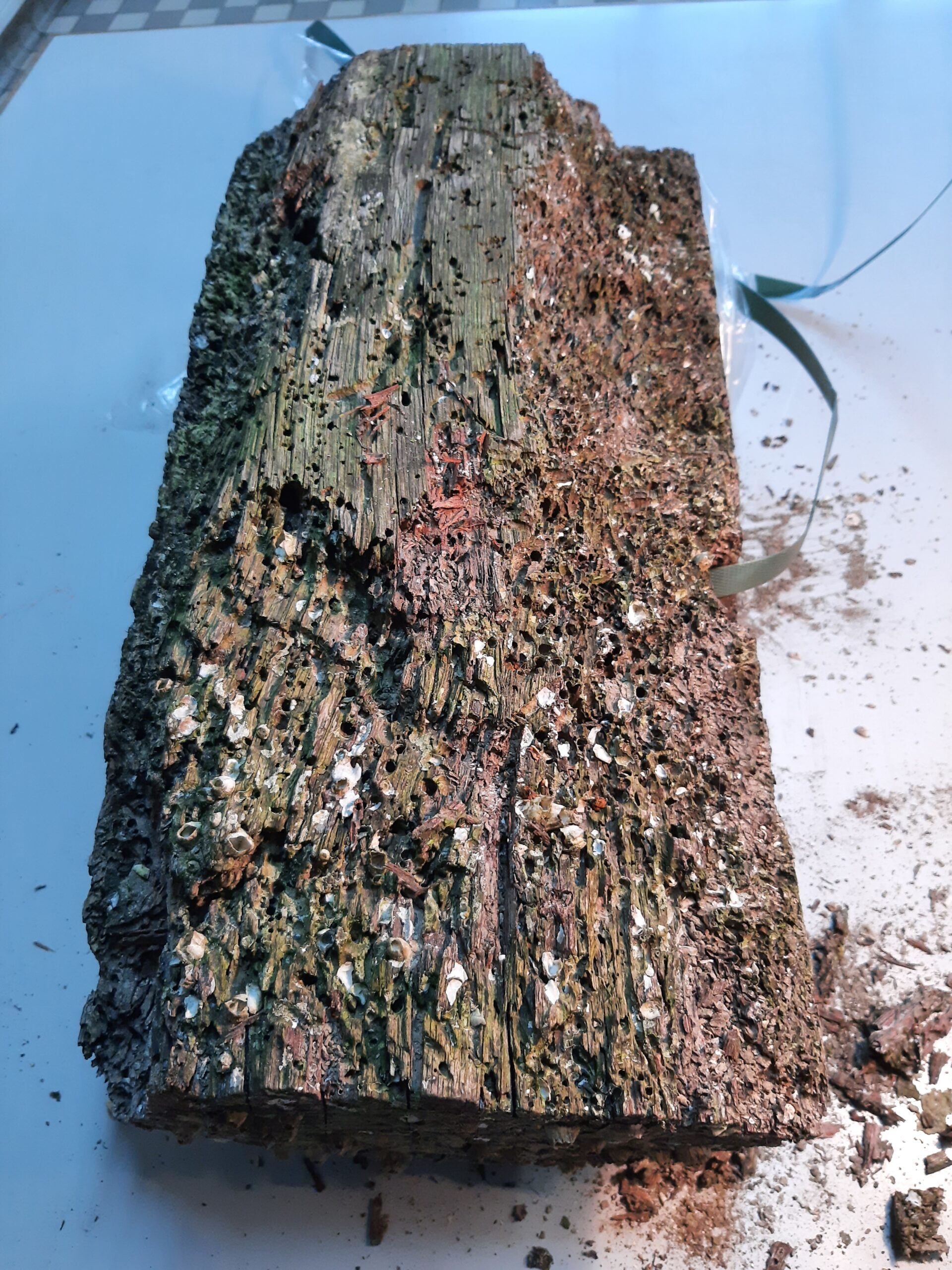
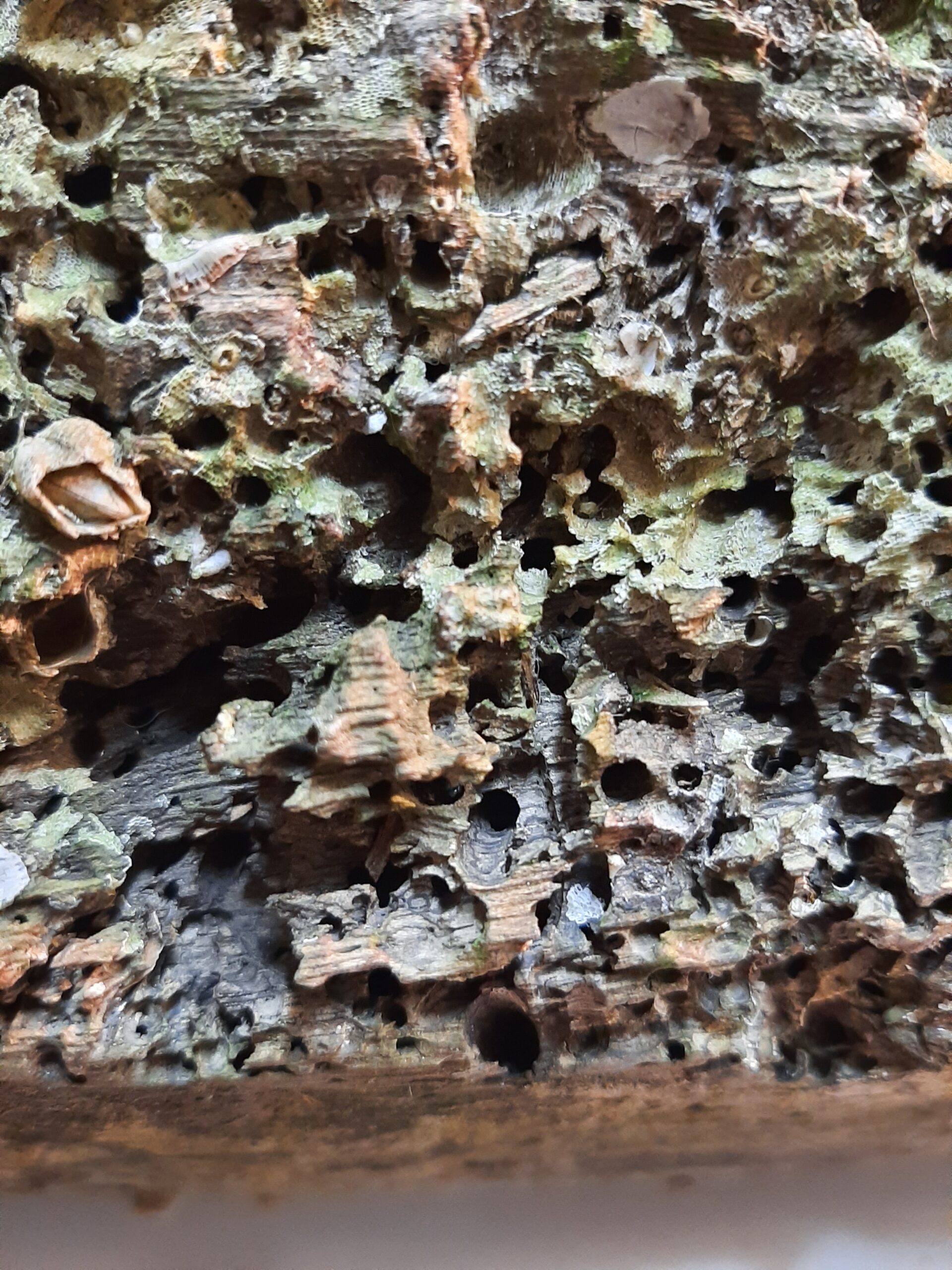
While shipworms (Teredinidae) might resemble worms, they’re actually molluscs — long-bodied, “naked” bivalves that bore into submerged wood using tiny, sharp calcitic valves at the front edge of their body.
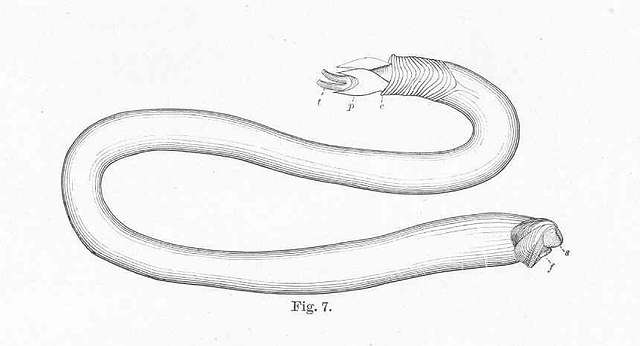
Close examination of the tubes in the wood yielded numerous valves and pallets (calcitic pieces at the tail of the body) whose morphology strongly suggested that we were dealing with the notorious Teredo navalis. In collaboration with the Port of Antwerp-Bruges, BopCo is now attempting to confirm this identification via DNA analysis.
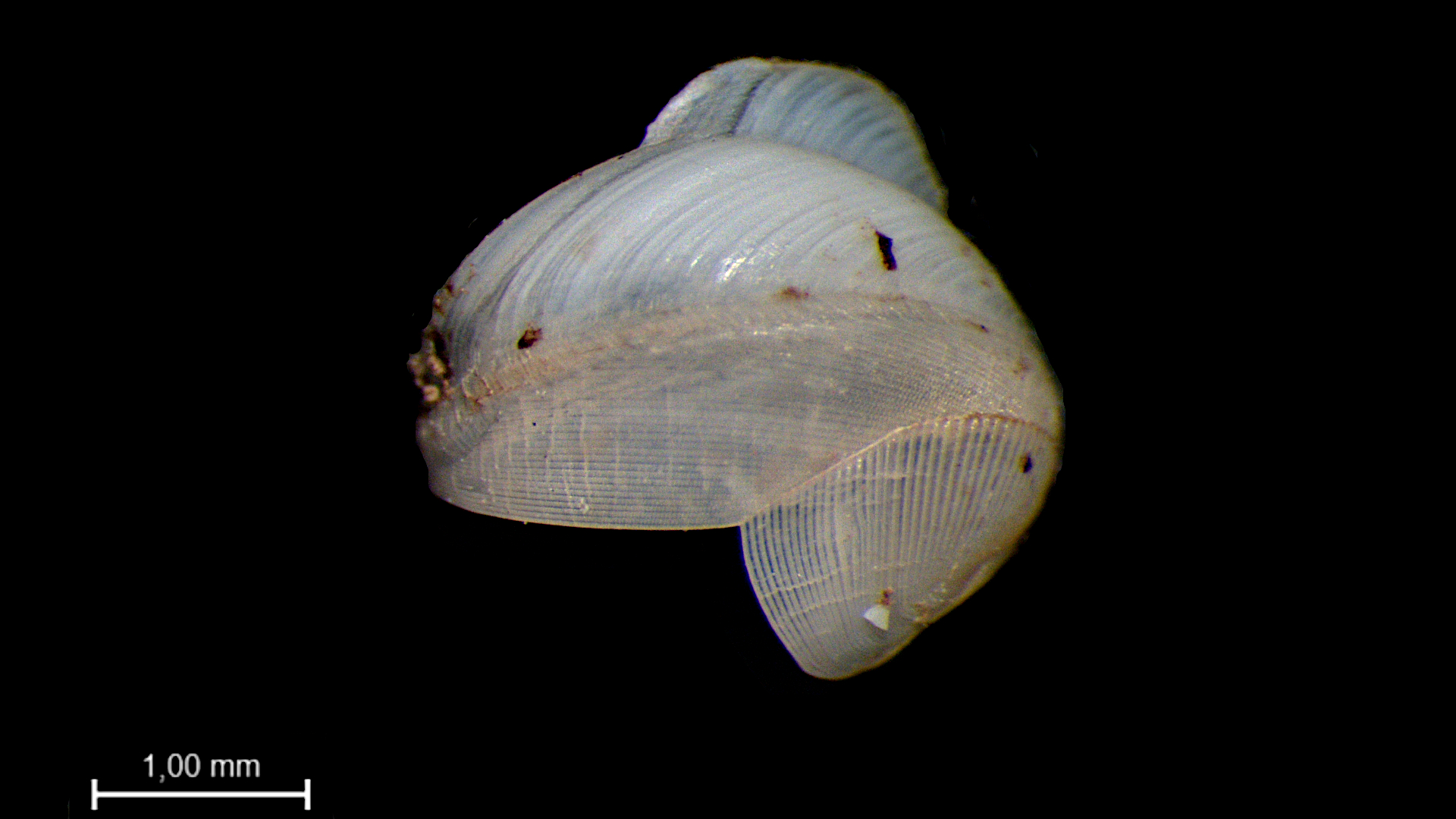
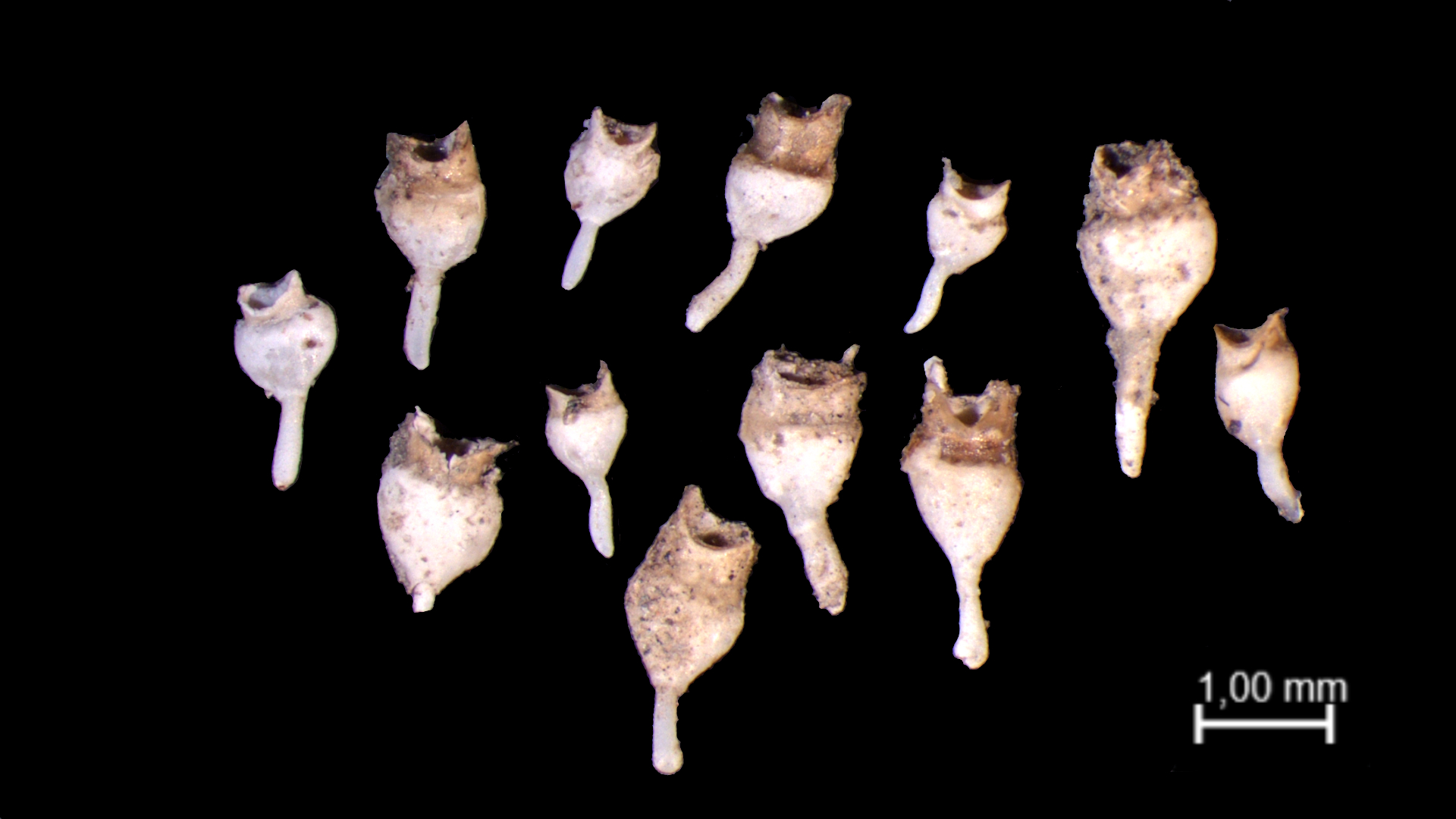
Since the 18th century, shipworms have been a menace to wooden constructions in Belgian and Dutch ports and coastal defenses. In Flanders, the shipworm destroyed the sluices at Sas Slijkens near Ostend in 1752, and in river Scheldt, the shipworm has been attacking wooden constructions since the beginning of the 19th century in places like Doel, Lillo, Liefkenshoek, and Kallo… exactly the area of the largest sluices of the port of Antwerp. It is no surprise that the Port of Antwerp-Bruges keeps a close eye on this issue.
Read more about the shipworm: https://www.portofantwerpbruges.com/nl/news/de-paalworm-de-haven
In collaboration with



